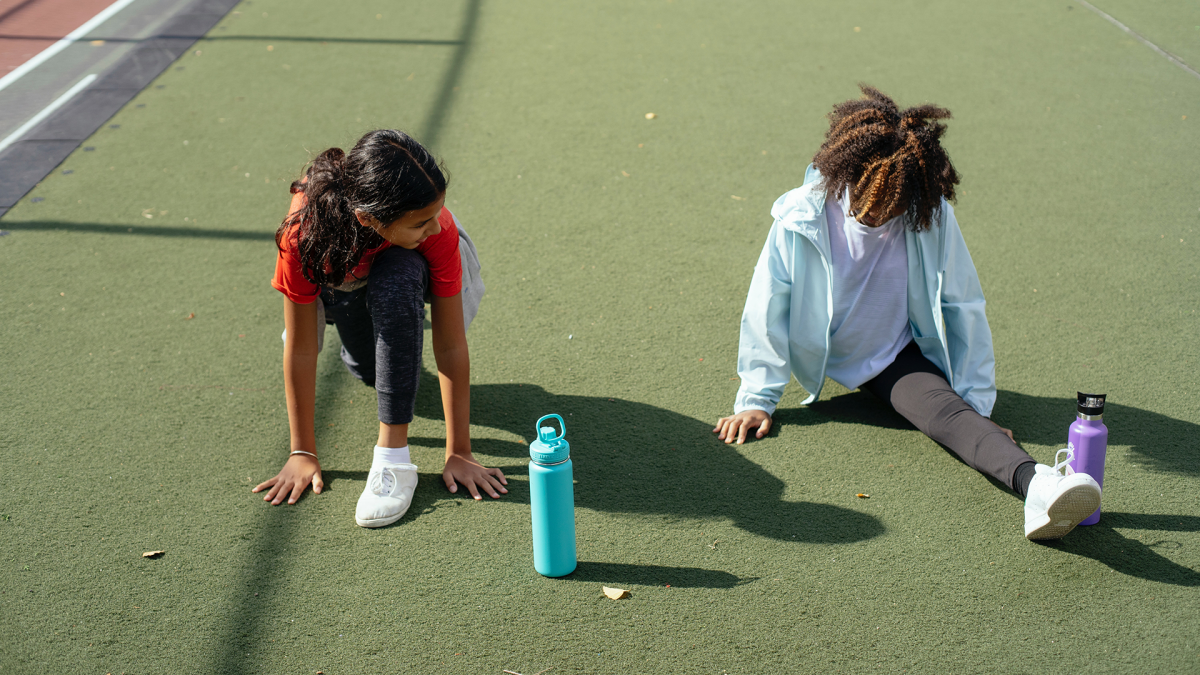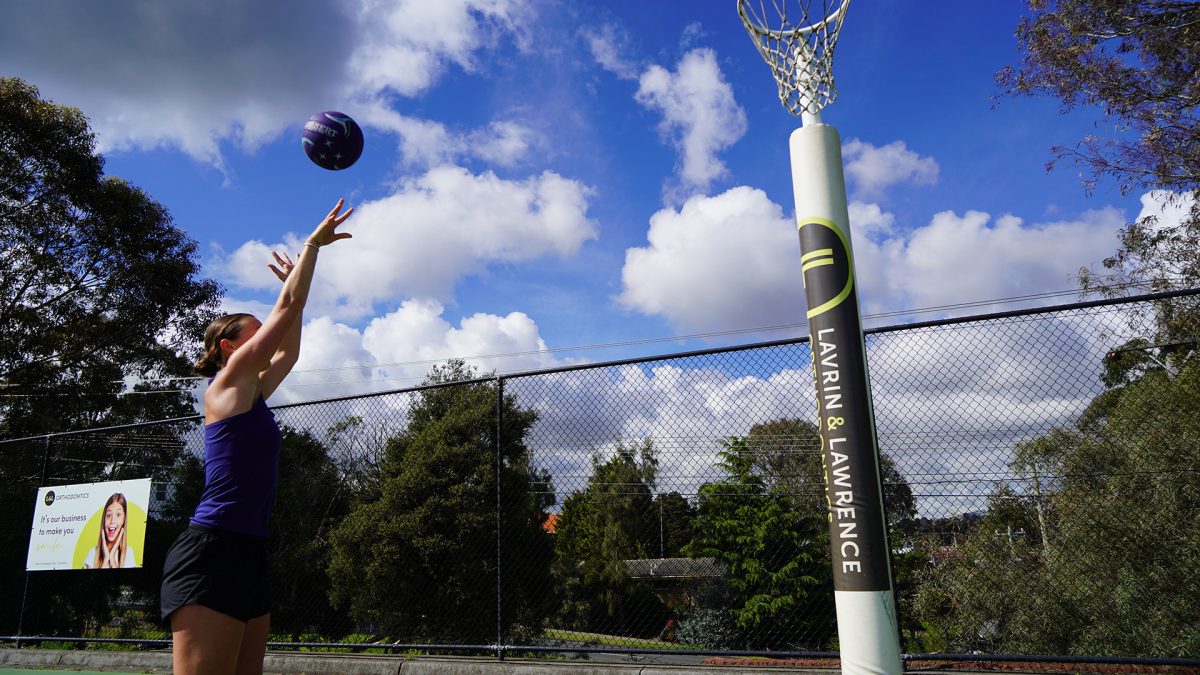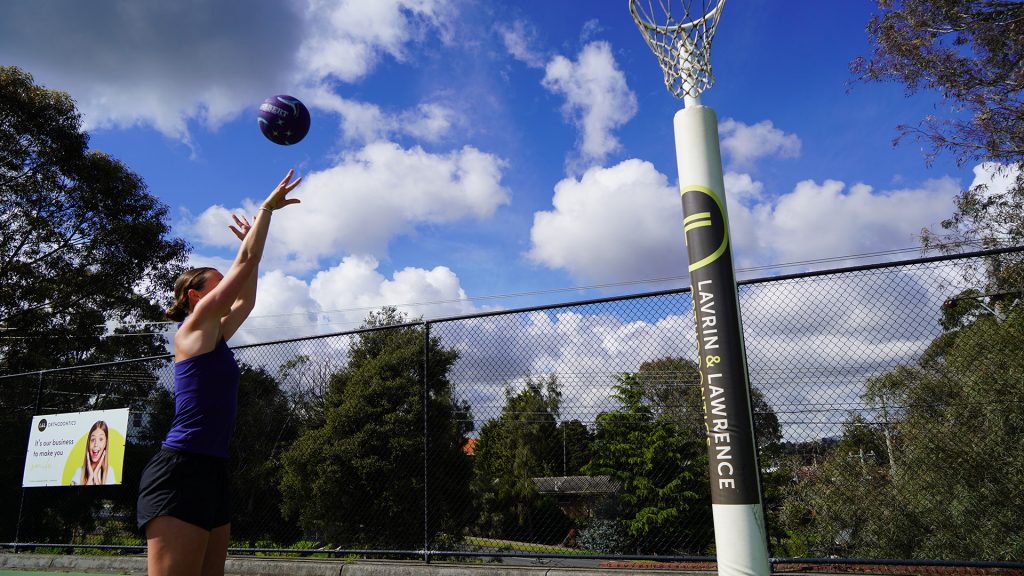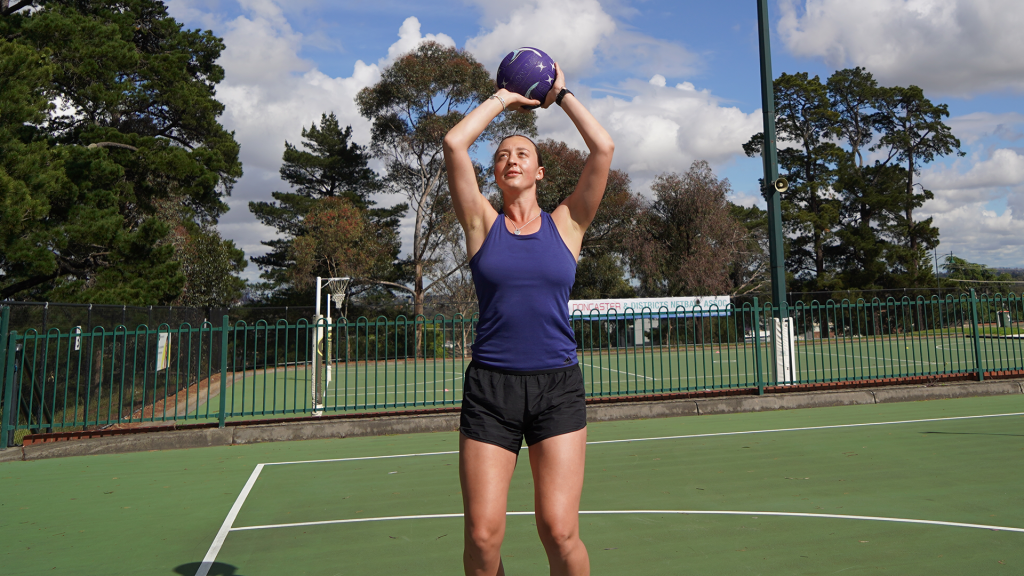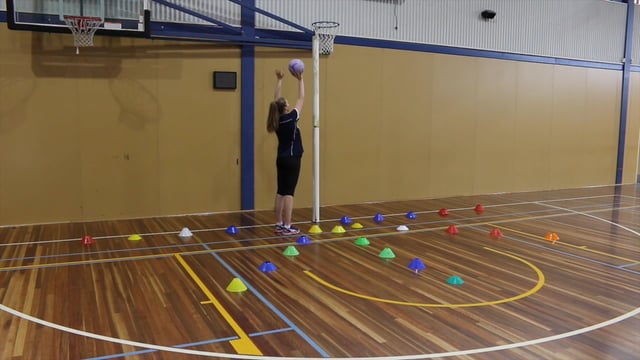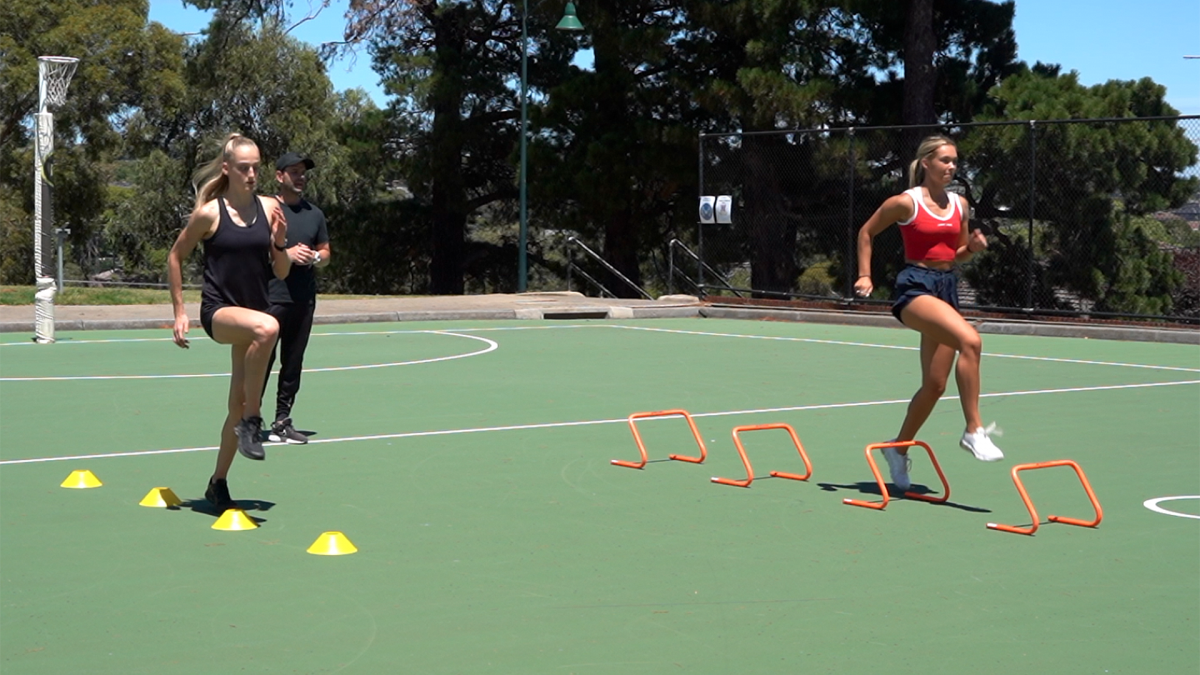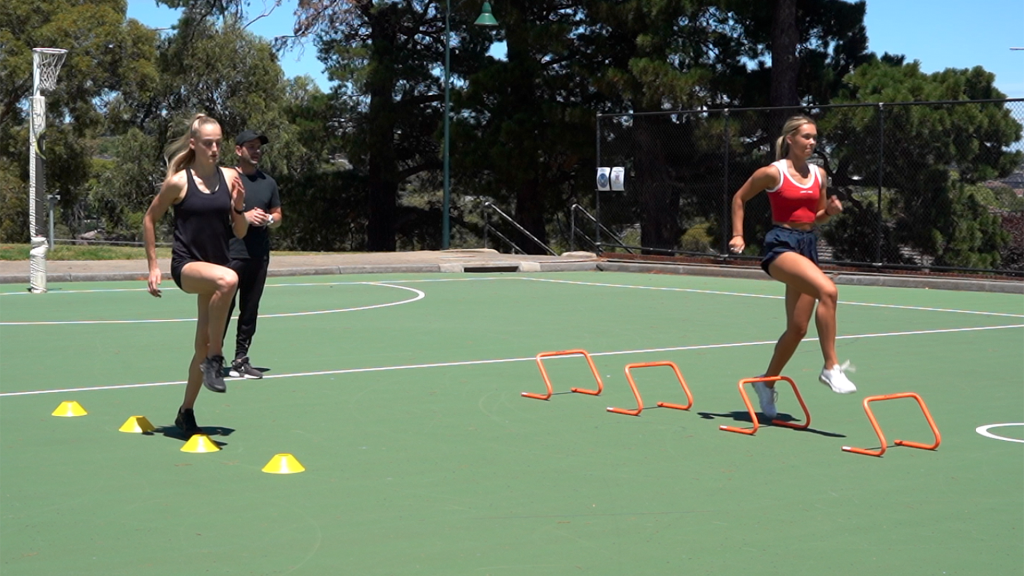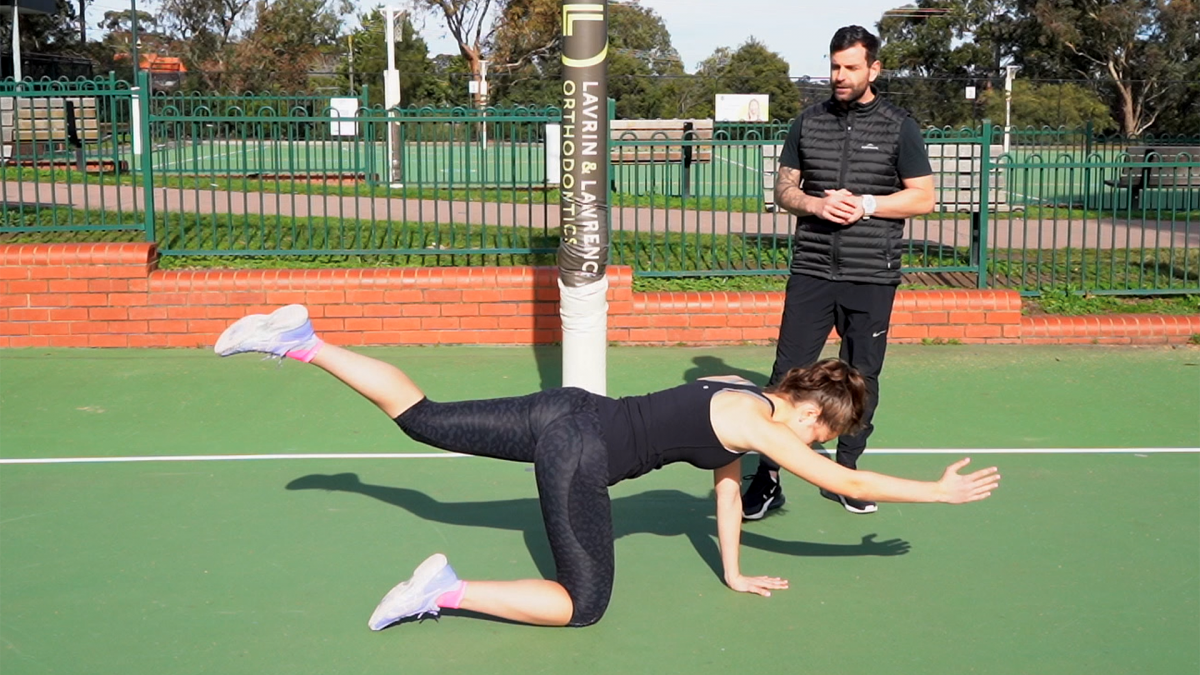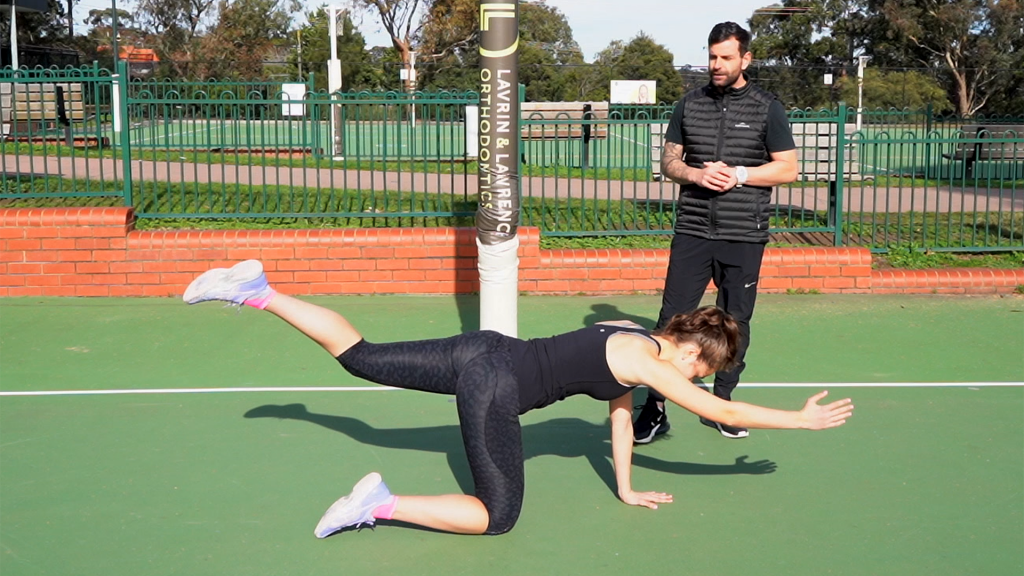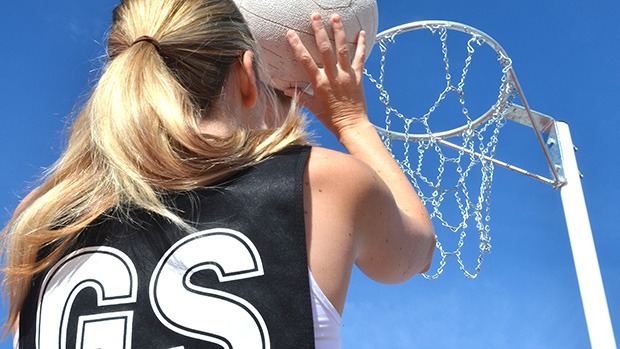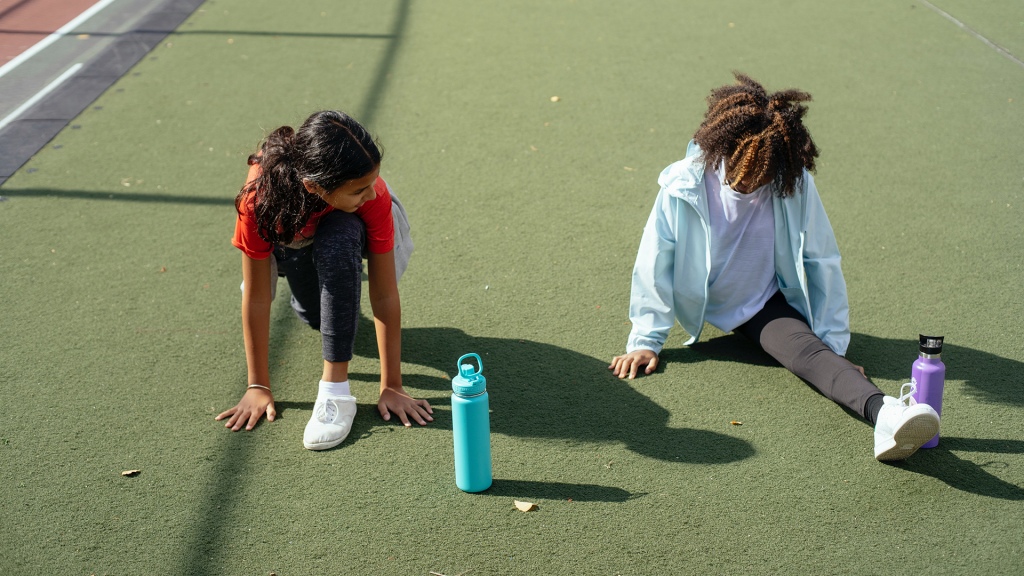
How much netball are you doing each week?
Between domestic training and games, rep training and games, various academies, school sport and extra sessions, we know plenty of players who are completing six or more sessions most weeks.
And that’s before including commitments with other sports, as well as study and work.
It’s a lot!
But how often do you feel like you’re running on empty, and that you’re just not able to give your best because your body’s had enough?
While training hard and often is essential when it comes to netball performance, the days you use for recovery and rest are just as critical as nailing those big court and fitness sessions.
HOME TRAINING – CHECK OUT OUR PROGRAMS FOR:
– 10-14/U PLAYERS
– 15/U-OPEN PLAYERS
In fact, at certain times they’re arguably more important. And here’s why.
Improving fitness and performance is all about progressively being able to increase the load as the body adapts. But without adequate recovery you’ll simply never improve, as your body doesn’t have time to repair itself and make those gains.
The first thing that happens when you don’t allow your body time to recover is that any improvements begin to plateau. And secondly you start to get sick or injured, which sets you back further.
So if you really want to become the best netballer you can be, sometimes less is more.
With so many commitments pulling talented players in every direction, it’s often best to focus on the low-hanging fruit – the easiest and most accessible ways to recover, that give you the best bang for your buck.

QUALITY SLEEP
Ask any elite athlete what they rate as the most important part of their recovery, and if sleep isn’t number one, it’s probably number two.
While we all love our sleep, most of us don’t get enough of it, but given our bodies do their best repair work while we’re sleeping,
You should aim for eight to 10 hours per night. Getting less than eight hours can greatly increase the risk of injury and the likelihood that you get sick.
Getting enough sleep also has proven results when it comes to your reaction times, accuracy and skill development and concentration – all of which play a huge role in a quick skill game like netball.
HYDRATION
It might be boring, but drinking enough water is one of the best ways to ensure your body is able to recover.
The amount you need to drink varies from athlete to athlete, and also changes depending on temperature and the amount of exercise you’re doing, but on a normal day two litres is a good starting point.
When exercising, aim for half a litre to a litre every 30 minutes to an hour.
QUALITY FOOD
It’s always easy to reach for the packaged snacks in the cupboard or fridge.
But fuelling our bodies the right way is definitely an X factor when it comes to being able to back up and complete a lot of sessions each week.
We always advise to aim for a balanced diet that’s sustainable long-term. Eat as many whole, unprocessed foods as you can, and avoid the packaged stuff.
While treats are OK every so often, if you’re wondering why your body’s running out of gas most weeks, chances are you could be doing more for your nutrition.
As a starting point, look at protein-rich foods such as meat, eggs, dairy, beans, lentils and nuts, as well as vitamin-rich foods like fruit and vegetables.
Try it for a few weeks and see how you feel!
EXTRAS
There are many other recovery methods and devices out there, and they all have their place.
You can try massage, mobility, meditation/stress relief, hot/cold showers, compression garments and many more. But make sure these are the ‘extras’ in your recovery routine – focus on quality sleep, eating well and hydrating first, and the others will take care of themselves.
It’s also important to remember that you can’t train every single day. A good target is to take two days off training per week.
Not every session needs to be a hard one. Sometimes we can really push and other times we need to have a different intensity and focus. A good session is not determined by how much you sweat!
Happy training 🙂

